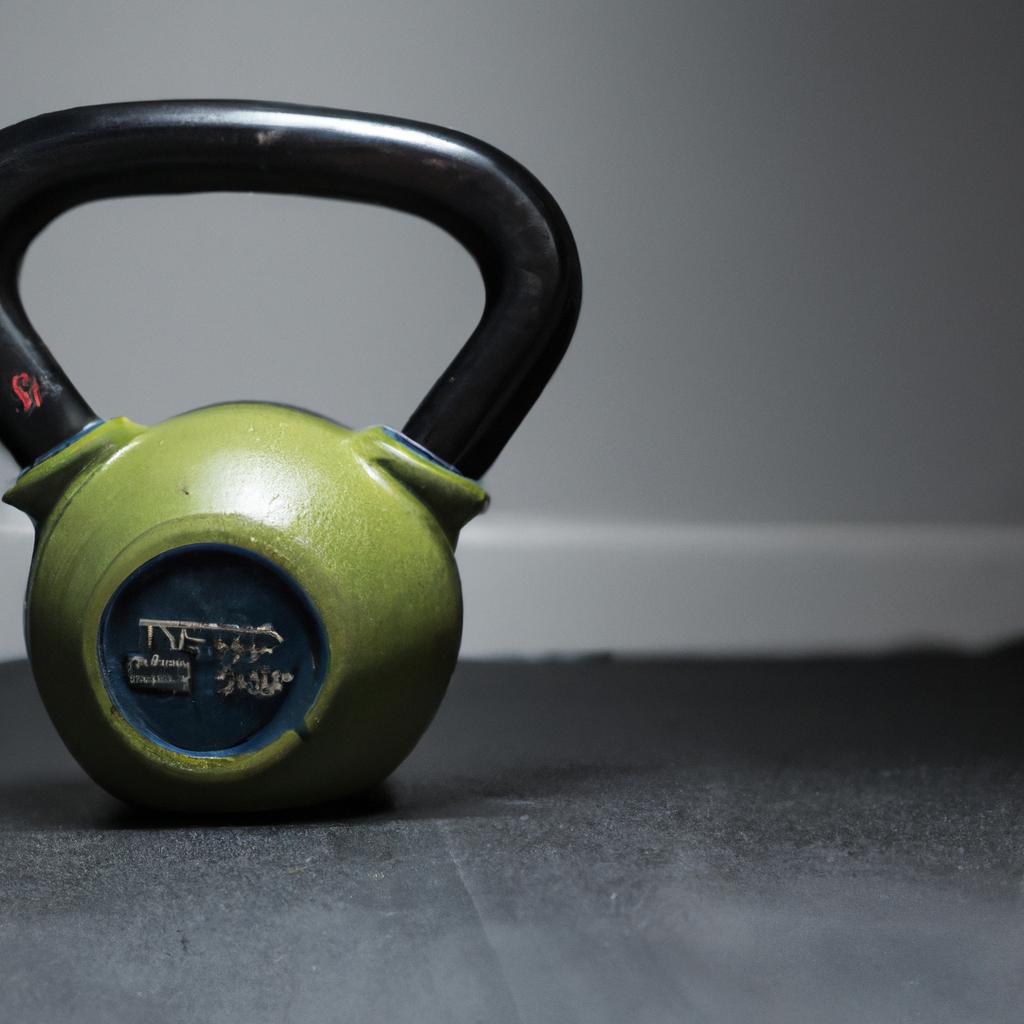**”Kettlebell Rehabilitation: Using Kettlebell Exercises for Injury Recovery and Strengthening Weak Areas”**
# Kettlebell Rehabilitation: Using Kettlebell Exercises for Injury Recovery and Strengthening Weak Areas
In the world of fitness, kettlebells have emerged as versatile tools not only for building strength and endurance but also for rehabilitation. Whether you’re recovering from an injury or looking to strengthen weak areas, kettlebell exercises can play a crucial role in your rehabilitation journey. This post will explore the benefits of kettlebell rehabilitation, provide nutrition tips to support recovery, and offer specific exercise advice to help you use kettlebells effectively in your rehabilitation program.
## Understanding Kettlebell Rehabilitation
### What is Kettlebell Rehabilitation?
Kettlebell rehabilitation refers to the use of kettlebell exercises to aid recovery from injuries and to build strength in weak or compromised areas of the body. Unlike traditional weightlifting, kettlebell workouts focus on functional movements that engage multiple muscle groups simultaneously. This not only helps improve strength but also enhances coordination, flexibility, and balance, which are vital for recovery.
### The Importance of Functional Movement
Injuries often result in compromised movement patterns, which can lead to further injury if not addressed properly. Kettlebell exercises, such as swings, snatches, and Turkish get-ups, are designed to mimic everyday movements. By incorporating these exercises into a rehabilitation program, individuals can retrain their bodies to move efficiently and effectively, reducing the risk of recurrence.
## Nutrition Tips for Injury Recovery
Proper nutrition plays a critical role in the rehabilitation process. The right dietary choices can enhance recovery, reduce inflammation, and support muscle repair.
### Focus on Anti-Inflammatory Foods
Incorporate foods rich in omega-3 fatty acids, such as salmon, walnuts, and flaxseeds, which help reduce inflammation. Antioxidant-rich fruits and vegetables, like berries, spinach, and broccoli, can also aid in recovery by combating oxidative stress.
### Protein for Muscle Repair
Ensure that you are consuming adequate protein to support muscle recovery and repair. Lean meats, dairy, legumes, and plant-based proteins should be included in your diet. Aim for a balanced intake of protein throughout the day to optimize muscle healing.
### Stay Hydrated
Hydration is essential for recovery. Water aids in nutrient transport and helps flush out toxins from the body. Aim to drink at least 8-10 cups of water daily, adjusting for activity levels and climate.
## Exercise Advice: Implementing Kettlebell Workouts
Using kettlebells for rehabilitation requires careful planning and execution. It is essential to start slowly and focus on proper form.
### Start with Basic Movements
Begin with fundamental kettlebell exercises that target major muscle groups without overloading your body. Exercises like the kettlebell deadlift and goblet squat are excellent starting points. They allow you to focus on form and build foundational strength.
### Gradually Increase Intensity
As you become more comfortable with basic movements, gradually increase the weight of the kettlebell or the complexity of the exercises. This might include transitioning to kettlebell swings or overhead presses. Always listen to your body and avoid pushing through pain.
### Incorporate Mobility Work
In addition to strength training, include mobility exercises in your routine. Kettlebell windmills and Turkish get-ups are fantastic for improving flexibility and stability, which can enhance your overall recovery.
## Health Benefits of Kettlebell Rehabilitation
Kettlebell rehabilitation provides a range of health benefits beyond just injury recovery.
### Improved Strength and Endurance
Kettlebell exercises are effective for building strength and endurance. The dynamic nature of these workouts engages multiple muscle groups, improving overall fitness levels.
### Enhanced Stability and Balance
Kettlebell training promotes core stability and balance, two essential components for injury prevention. As you strengthen your core, you’ll find that your overall stability improves, reducing the likelihood of future injuries.
### Mental Well-Being
The rehabilitation process can be mentally challenging. Engaging in kettlebell workouts can provide a sense of accomplishment and boost your mood. The focus required during kettlebell exercises can also serve as a form of mindfulness, helping to alleviate stress.
## Conclusion
Kettlebell rehabilitation is a powerful approach to injury recovery and strengthening weak areas of the body. By incorporating proper nutrition, following exercise advice, and recognizing the health benefits of kettlebell training, individuals can effectively enhance their rehabilitation journey. Remember, the key to successful recovery lies in patience, consistency, and listening to your body as you work towards regaining strength and functionality.















Post Comment